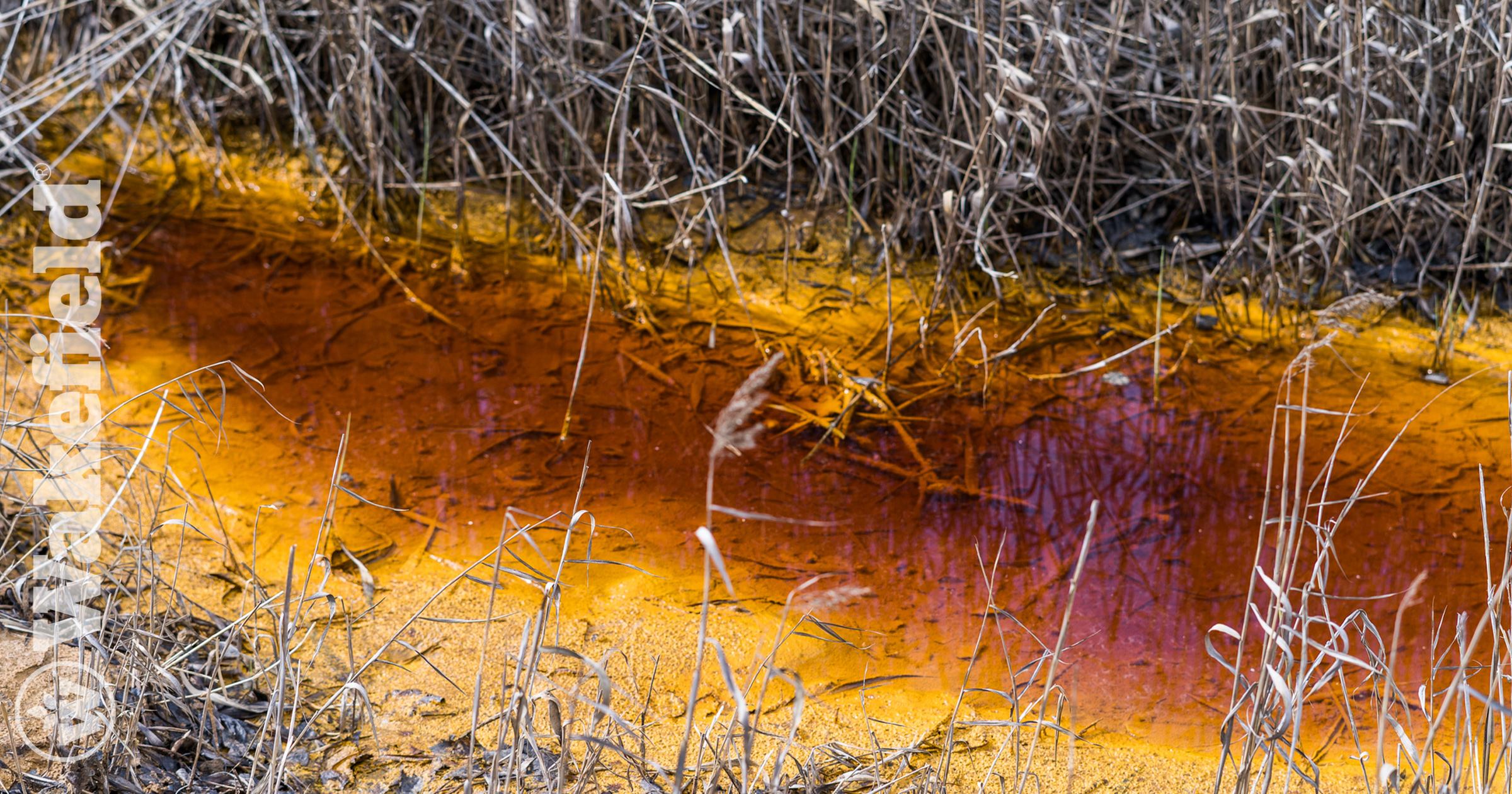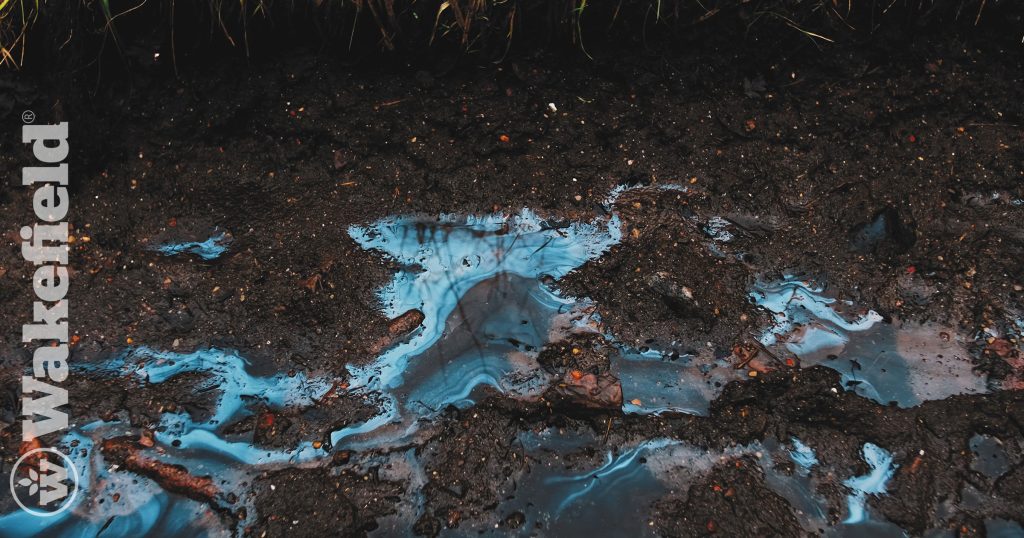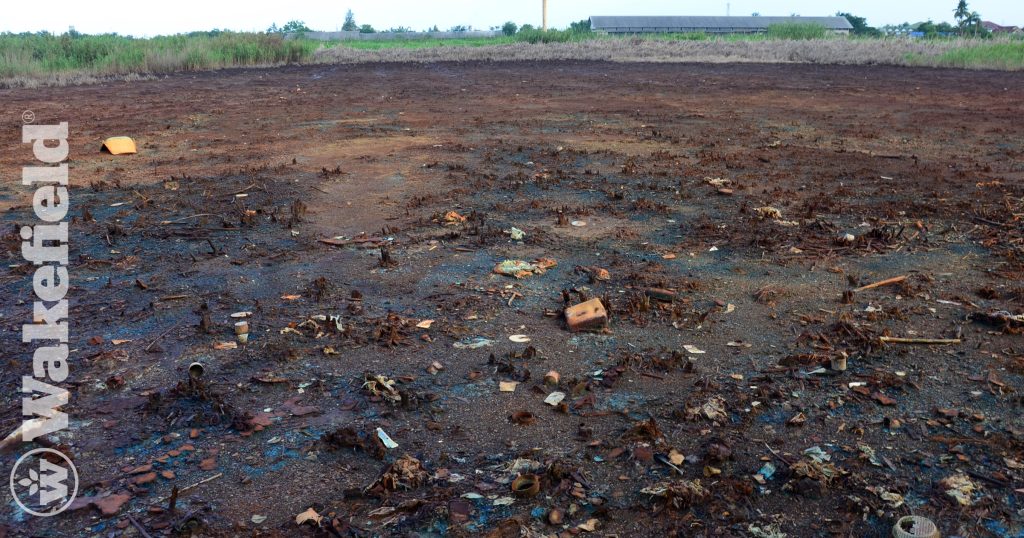Amendment of biochar reduces the release of toxic elements underdynamic redox conditions in a contaminated floodplain soil

[wf-scholarly-article title=”Amendment of biochar reduces the release of toxic elements under dynamic redox conditions in a contaminated floodplain soil” authors=”Jörg Rinklebe, Sabry M. Shaheen, Tina Frohne” publication=”Chemosphere,
Volume 142″ pages=”41-47″ year=”2016″ doi=”https://doi.org/10.1016/j.chemosphere.2015.03.067″ url=”https://www.sciencedirect.com/science/article/abs/pii/S004565351500291X”]
Biochar shows great promise in cleaning soils contaminated with toxic elements like aluminum, arsenic, cadmium, copper, nickel, and zinc, even when conditions change. This study demonstrated that adding biochar to contaminated soil significantly reduced the levels of these harmful elements, proving its effectiveness.
Toxic Elements and Biochar
The soil sample came from a floodplain along the Wupper River in Germany, an area that floods periodically and is used as grassland. The soil, known as Eutric Fluvisol, is mostly silt, slightly acidic, and high in organic carbon. However, it also has high levels of harmful elements like cadmium, nickel, zinc, arsenic, and copper, exceeding safe limits. To address this, researchers used a special biochar called “TERRA PRETA,” which is a mix of bio-charcoal, humus, clay, alumina, shell limestone, perlite, microorganisms, and organic fertilizer. This biochar is slightly alkaline, rich in organic carbon and nitrogen, and low in harmful elements. The soil was mixed with 10 grams of biochar per kilogram and incubated for almost a year before testing.
Experimental Design and Analysis
Researchers simulated flooding conditions in the lab using an automated system. They measured redox potential (EH) and pH levels at different times before sampling and checked levels of various elements and compounds. They used software to find patterns and correlations. The results showed that adding biochar didn’t change the redox processes much but effectively reduced harmful elements in the soil.
Toxic Elements Decrease, pH Levels Increase
In untreated soil (CS), the redox potential (EH) values ranged from +68 to +521 mV. After adding biochar (CS + BC), the EH values ranged from +72 to +535 mV. This indicates that biochar slightly increased the range of EH values, which measures the soil’s oxidation-reduction state.
The pH values, which indicate the soil’s acidity or alkalinity, ranged from 3.7 to 7.1 in untreated soil. After adding biochar, the pH values ranged from 4.4 to 8.4. This shows that biochar increased the range of pH values, making the soil less acidic overall. Specifically, the average pH increased from 5.5 in untreated soil to 6.3 in soil with biochar.
This increase in pH is significant because it helped reduce the levels of harmful elements in the soil. High levels of toxic elements like aluminum, arsenic, cadmium, copper, nickel, and zinc were found in the untreated soil. These elements can be harmful to plants and animals. By increasing the pH, biochar made these elements less soluble, meaning they were less likely to be released into the soil solution where they could cause harm.
Why is this significant?
This research is significant because it shows that biochar can effectively reduce the levels of harmful elements like aluminum, arsenic, cadmium, copper, nickel, and zinc in contaminated soils. By increasing soil pH and making these elements less soluble, biochar helps improve soil health and fertility, which is crucial for sustainable agriculture. Additionally, using biochar can prevent the leaching of toxic elements into water bodies, protecting water quality and aquatic ecosystems, and contributes to climate change mitigation by sequestering carbon in the soil.







